Top of Page
- Links to move inside this page.
- HOME
- About IIJ
- News / CSR
- Press Releases
- 2019
- IIJ and Kiwitec Join forces on LoRaWAN Solutions
IIJ and Kiwitec Join forces on LoRaWAN Solutions
LoRaWAN-compatible gateways with proprietary functions to be rolled out for SMBs in IoT fields
September 19, 2019
Internet Initiative Japan Inc.
Kiwi Technology Inc.
TOKYO-September 19, 2019-Internet Initiative Japan Inc. (IIJ TSE1: 3774) and Taiwan-based Kiwi Technology Inc. (Kiwitec) today announced that the two companies are working together to roll out LoRaWAN solutions for use in IoT. Through this joint effort, the two companies will expand the proprietary functions of Kiwitec-made LoRaWAN gateway equipment, leading up to the launch of LoRaWAN solutions in a variety of IoT fields on November 1, 2019.
LoRaWAN is a wireless communications technology characterized by low energy consumption and long-range communications, making it possible for anyone to use radio frequency bands with no license requirements. In addition to being able to provide long-range communications at up to 10 km, its low energy consumption led Kiwitec to develop sensors that can operate for years with just dry cell batteries. This technology is becoming more widespread globally, given its suitability for IoT. Kiwitec began focusing on the growth opportunities and potential of LoRaWAN in 2015, and since then has been developing and selling proprietary gateways (base stations), modules, sensors, and other devices that are compatible with its technology.
IIJ began providing IIJ IoT Service in 2016, with full-on development of its IoT business. In 2017, IIJ worked on a public proof-of-concept project for the Ministry of Agriculture, Forestry and Fisheries aimed at using IoT to reduce the water management costs involved in rice farming. As part of that project, IIJ installed Kiwitec’s LoRaWAN gateways to research and develop systems for collecting data from wet field sensors using LoRaWAN.
This proof-of-concept project has led to the present collaboration to promote the further use of LoRaWAN in IoT fields. Together, the companies have added the two proprietary functionalities detailed below to Kiwitec LoRaWAN gateways and will provide IoT systems that are easy for even small or medium-sized operations to install and implement.
Built-in server
In order for a system to use LoRaWAN, it must have a network server that can manage terminals (sensors, gateways, and other devices), as well as both encrypt and decrypt communications. Normally, such configurations use a cloud-based network server, but the new solution builds this network server function right into the LoRaWAN gateway itself. This means that systems can be configured more easily and no longer require a stand-alone network server, resulting in major reductions in implementation and operating costs.
Centrally manage all devices
Service Adaptor Control Manager (SACM), a centralized management system service for network devices developed and provided by IIJ, makes it possible for users to automatically connect to and centrally manage equipment remotely. Building this functionality into LoRaWAN gateways allows many tasks to be completed remotely, including automatically configuring settings and updating firmware for gateways. Due to the nature, LoRaWAN gateways are often installed outdoors in high, hard-to-reach locations, but remote management using SACM makes it easy to manage and operate gateways, even when the site itself is difficult to reach for maintenance.
Image
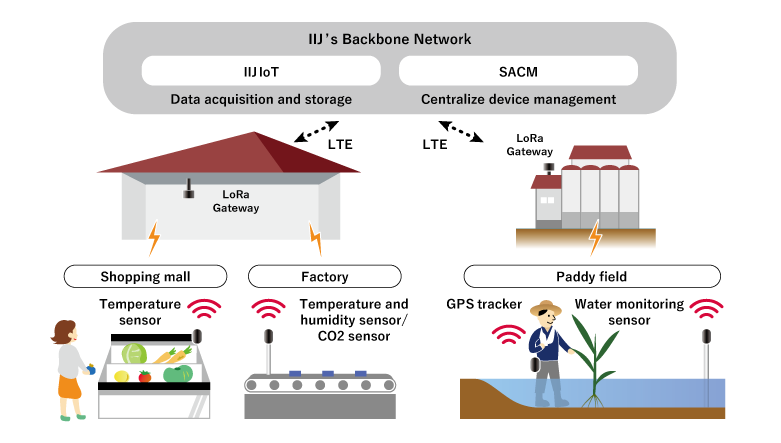
Soon, IIJ and Kiwitec will be providing LoRaWAN solutions that can be applied in a wide range of fields, in both indoor and outdoor environments. Their focus will be on gateway devices that incorporate these functionalities, while continuing to promote the development of IoT in a variety of fields, including agriculture, Hazard Analysis and Critical Control Point (HACCP) in food hygiene management and food traceability, fleet management, and smart buildings.
LoRaWAN gateway devices equipped with proprietary functions
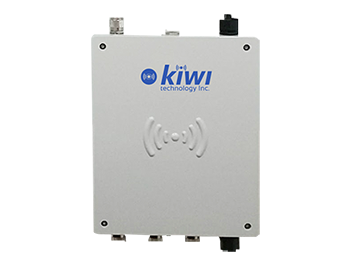
Outdoor 16ch LoRaWAN Gateway "TLG-7921M"
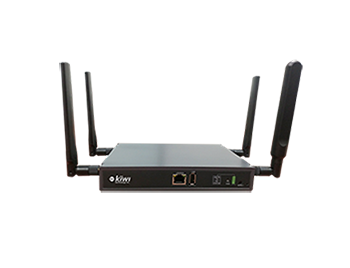
Indoor 16ch LoRaWAN Gateway "TLG-7921L"
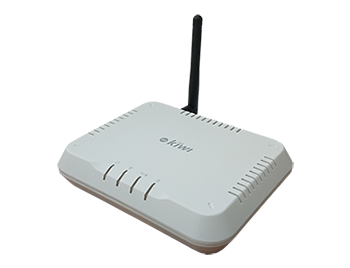
Indoor 8ch LoRaWAN Gateway "TLG-3901B"
Range of other LoRaWAN products
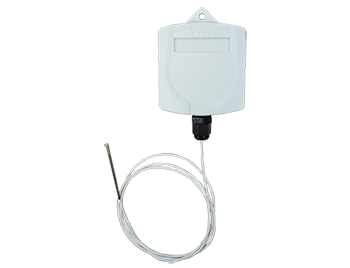
Temperature sensor "LAS-604V2"
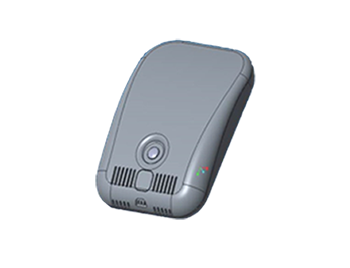
Temperature and CO2 sensor "LAS-606"
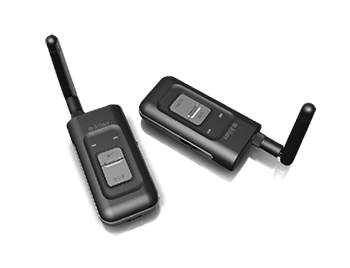
GPS tracker "TLM932V2"
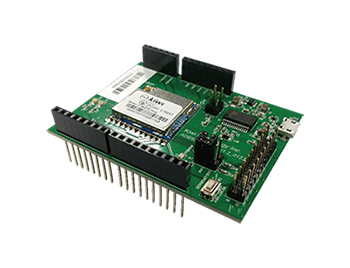
Arduino Shield "ADB922S"
About Kiwitec
Established in 2002, Kiwi Technology has since specialized in the research and development of network and audio/video products and has accumulated rich experience in Netcom. Based on this, Kiwi Technology provides complete set of products and solutions of "end-to-end (M2M)" autonomous networks for enterprise customers, and we are providing "end", "connection" and "network" IoT integrated solutions and platform services. We are committed to providing more innovative, forward-looking, user-friendly and simpler solutions that create superior value for our customers and be a world-class leaders in the IoT industry.
About IIJ
Founded in 1992, IIJ is one of Japan's leading Internet-access and comprehensive network solutions providers. IIJ and its group companies provide total network solutions that mainly cater to high-end corporate customers. IIJ's services include high-quality Internet connectivity services, systems integration, cloud computing services, security services and mobile services. Moreover, IIJ has built one of the largest Internet backbone networks in Japan that is connected to the United States, the United Kingdom and Asia. IIJ was listed on the First Section of the Tokyo Stock Exchange in 2006.
- For more information about IIJ, visit the IIJ Web site at https://www.iij.ad.jp/en/.
The statements within this release contain forward-looking statements about our future plans that involve risk and uncertainty. These statements may differ materially from actual future events or results.
- For inquiries, contact
-
IIJ Corporate Communications
 +81-3-5205-6310
+81-3-5205-6310  +81-3-5205-6377
+81-3-5205-6377  press@iij.ad.jp
press@iij.ad.jp
-
Kiwi Technology Inc.
 +81-3-6722-0938
+81-3-6722-0938 +81-3-6722-0954
+81-3-6722-0954 press_jp@kiwi-tec.com
press_jp@kiwi-tec.com
 https://kiwi-tec.com/
https://kiwi-tec.com/
- (*)All company, product, and service names used in this press release are the trademarks or registered trademarks of their respective owners.
- Related Contents
End of the page.